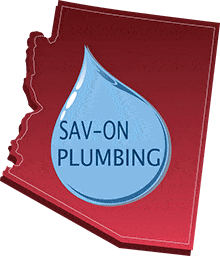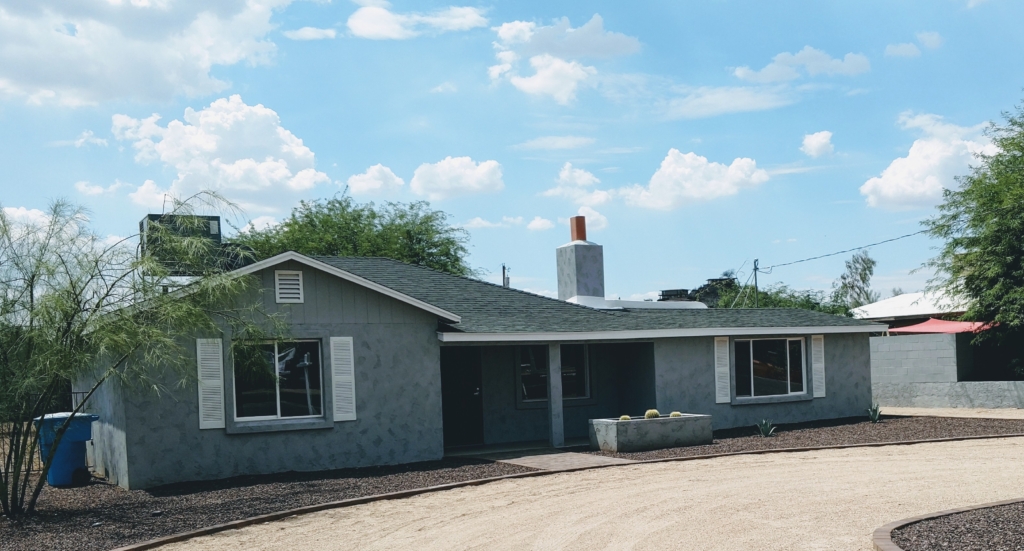Does a “flipped home” equate to shoddy workmanship?
In the current real estate market, many long-time homeowners are cashing in on the boom and selling their homes to investors. These investors quickly remodel the home and “flip” it, often netting tens of thousands of dollars in profits. While a flip home may seem attractive because the seller/flipper may have done a cosmetically pleasing job on the remodel, often, the real workmanship is shoddy and problems with the flipper arise soon after move in.
Take a local home near us as an example. We knew the owner, who had struggled financially for years, delaying maintenance, landscaping, and needed repairs. Finally, as the market in our area surged, he sold the home to an investor for $200,000. The investor drove up in his Corvette and within days, laborers began to arrive to gut the home. We watched a complete remodel, including a new roof, take place over the next few months. But guess what? At no time did one truck with a contractor’s name on it appear. Every laborer came in a personal vehicle or truck. Who was performing the work? Probably not licensed, bonded, and insured contractors. Nor did the city arrive at any time for inspection that we observed.
The home stayed on the market after the remodel for only a few weeks. The new owners are young Millennials, thrilled to be in their first home together. A few days after they moved in, a plumbing truck arrived, followed by a major rainstorm that night. A roofer showed up to patch the roof. The home had problems and the homeowners hadn’t been in the home for two weeks.
Is this indicative of every flip? Probably not. But here are a few things you should consider if you are in the real estate market.
Is the home a recent “flip”?
The way to tell according to realtor Jeff Taber, who works with many Glendale homeowners at Help-U-Sell West Valley, is to visit the county recorder’s office. “Check who the owner is, how much they paid, and how long they held it. If it’s a 3-to 6-month purchase hold, it’s a flip. If the home’s interior is all new and painted, that’s a tell-tale sign. If the kitchens and baths are redone, it’s probably a flip,” Taber said.
You can avoid flipped home headaches.
Taber offers a few tips for avoiding flipped home headaches. “Get a home inspection from a reputable inspector. Also, get a professional plumber and an air conditioning person to inspect the home, because home inspectors simply don’t catch everything. You’ll pay a bit more for these inspections, but they are worth every cent if you avoid one broken drain or a major air conditioner defect.
“Be sure to get a home warranty,” Taber recommends. “You can ask the seller to pay, but if the seller won’t, invest the $400 or so to buy the home warranty yourself. The first year is the cheapest; each year the premium goes up slightly,” Taber explained.
Obtain a disclosure form.
“Ask the current owner for a full list of all repairs and renovations that he or she finished. You want details, if possible – who did the repairs and what was done – and ensure the owner signs it,” Taber recommends. “Also ask for any permits that the flipper obtained. You may find nothing was inspected, which can mean things like a water heater probably wasn’t installed to current code or more,” Taber said.
“Most flippers won’t fill out the [disclosure] form. They’ll say, ‘I don’t know what’s wrong; I just bought the house.’ This is usually not true because they’ve just gutted or opened the house and they know what they fixed. If they tore the wall apart and they see evidence of a water leak, they know what’s going on. They do not want to commit to the disclosure form because, without a signed disclosure, it makes it harder to sue them.” In a hot real estate market like the current Phoenix real estate market, flippers commonly refuse the disclosure, according to Taber.
“Don’t get caught in the looks of the house; focus on the quality,” Taber said. “You can always make your changes gradually after you take possession. That is preferable to buying a cosmetically pleasing house that is riddled with low-budget fixes.”
“Some who flip homes are good flippers”, Taber said, “But others aren’t. Sometimes problems show up quickly and sometimes problems show up much later. Either way, they can still be costly,” Taber said.
Here are some of the plumbing problems we’ve seen in home purchases.
- Sink pipes so corroded that within weeks of purchase when the sink backed up, the pipe shattered.
- Water heaters not installed to code, which can be a major safety issue.
- New kitchen and bath plumbing tied into old, corroded pipes.
- Non-brand name plumbing fixtures that, once they require repairs, will be difficult to part source.
- Irrigation system connected to the main service line (missing a pressure vacuum breaker), which is a code violation. This presents a potential health hazard.
- Missing hose bib vacuum breakers, a potential health hazard and a code violation.
We offer a whole-home plumbing inspection that can help you fix any problems you may have in your current home or help you determine any potential problems in a house you may be considering.
Call us at 602.488.4647.
At Sav-On Plumbing, we’re happy to help.

